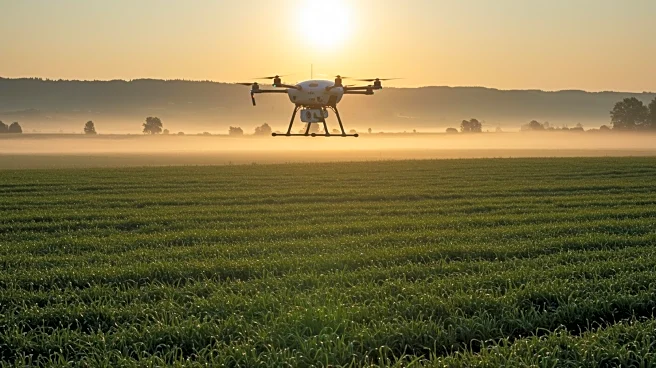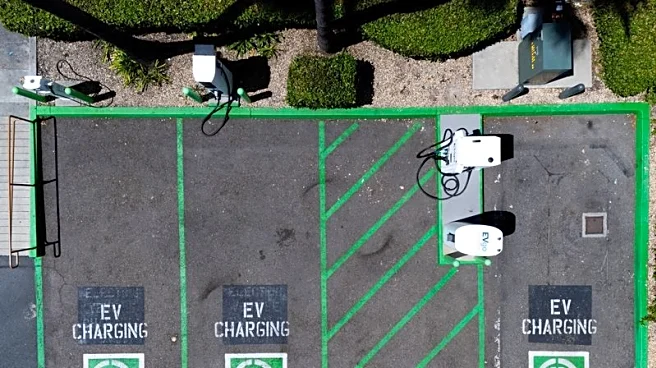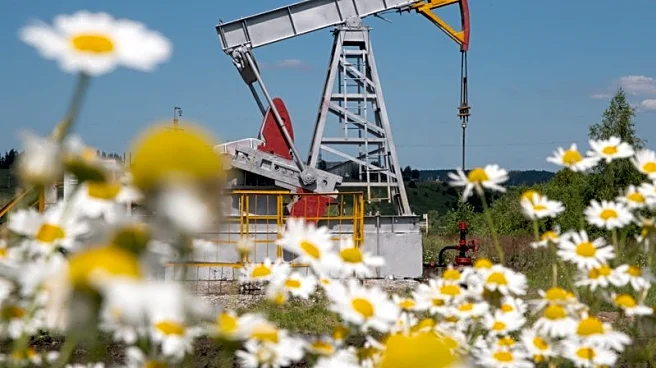What's Happening?
The agriculture drones market is experiencing rapid growth, with projections indicating it will reach USD 12.70 billion by 2030. This expansion is driven by the adoption of precision farming technologies, which help farmers address rising input costs, labor shortages, and sustainability requirements. Certification reforms in the U.S. and EU have facilitated faster commercialization of drone operations, while large-scale deployments in China and India signal a shift from pilot projects to full-scale farm integration. The market is anchored by hardware, but software-driven analytics and service-based models are expanding, lowering adoption barriers for small and medium-scale farms. Governments are linking drone usage to carbon-smart farming incentives, making drones a revenue-generating tool.
Why It's Important?
The growth of the agriculture drones market is significant for the farming industry, as it offers solutions to pressing challenges such as labor shortages and sustainability regulations. Drones enable precision agriculture, optimizing chemical and nutrient use based on real-time data, which leads to cost savings and improved farm margins. The technology supports higher efficiency, water conservation, and reduced environmental impact, aligning with global sustainability goals. As governments provide subsidies and incentives for drone adoption, farmers can enhance productivity while generating new income streams through carbon credits. This dual role strengthens the market outlook and positions drones as a central component in the future of farming.
Beyond the Headlines
The integration of drones into agriculture presents challenges, such as data management and battery endurance. Farmers must navigate the complexities of integrating drone-collected data with existing records, and improvements in battery life are needed for large-scale operations. Despite these hurdles, the market is evolving with hybrid systems and longer-lasting batteries. The cost of high-capacity models remains a barrier, prompting many farmers to opt for leasing or service-based options. As the market matures, strategic alliances between drone manufacturers and agricultural equipment providers are expected to drive faster adoption of integrated solutions.














